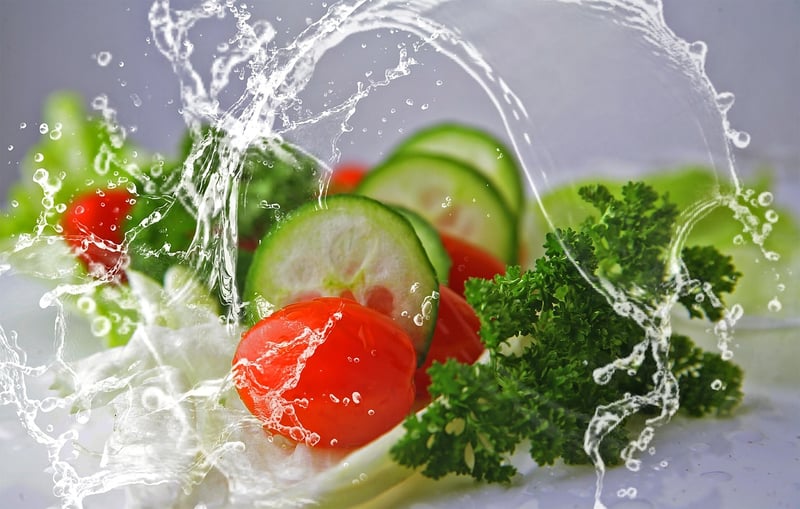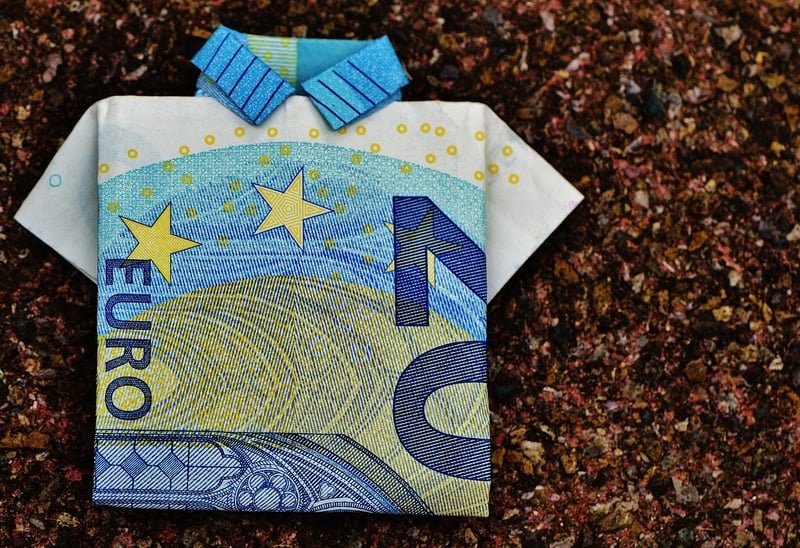Flavor Harmony Techniques
Perfecting the Art of Food Pairing
When it comes to culinary experiences, one of the most crucial elements that can elevate a dish from good to extraordinary is the art of food pairing. The harmonious combination of flavors can create a symphony on your taste buds, leaving a lasting impression. Whether you are a seasoned chef or a passionate home cook, mastering the art of food pairing can take your cooking skills to the next level.
Understanding Flavor Profiles
Before delving into the techniques of food pairing, it's essential to understand the concept of flavor profiles. Each ingredient has its unique flavor profile, which can be categorized into different taste components such as sweet, sour, salty, bitter, umami, and fatty. By recognizing these flavor profiles, you can create balanced and complementary pairings.
Flavor Harmony Techniques
1. Contrasting Flavors
Pairing contrasting flavors can create a dynamic and exciting culinary experience. For example, combining sweet and savory elements like honey-glazed ham with a tangy mustard sauce can create a delightful contrast that tantalizes the taste buds.
2. Complementary Pairings
Complementary pairings involve combining ingredients that share similar flavor profiles. For instance, pairing a rich and creamy risotto with earthy mushrooms can create a harmonious blend of flavors that complement each other perfectly.
3. Balancing Textures
Texture plays a significant role in food pairing. Combining contrasting textures such as crispy and creamy can add depth to a dish. For example, pairing a crunchy fried chicken with a smooth and velvety mashed potato can provide a satisfying mouthfeel.
Experimenting with Food Pairing
Don't be afraid to experiment with different flavor combinations to discover unique and unexpected pairings. Keep a journal of your experiments to note which combinations worked well and which ones didn't. Over time, you'll develop a keen sense of taste and intuition for creating harmonious flavor pairings.
Conclusion
Mastering the art of food pairing is a journey that requires practice, experimentation, and a keen understanding of flavor profiles. By incorporating contrasting flavors, complementary pairings, and balanced textures, you can create culinary masterpieces that delight the senses and leave a lasting impression on your guests.

Embark on your culinary adventure today and unlock the secrets of flavor harmony through the art of food pairing!
